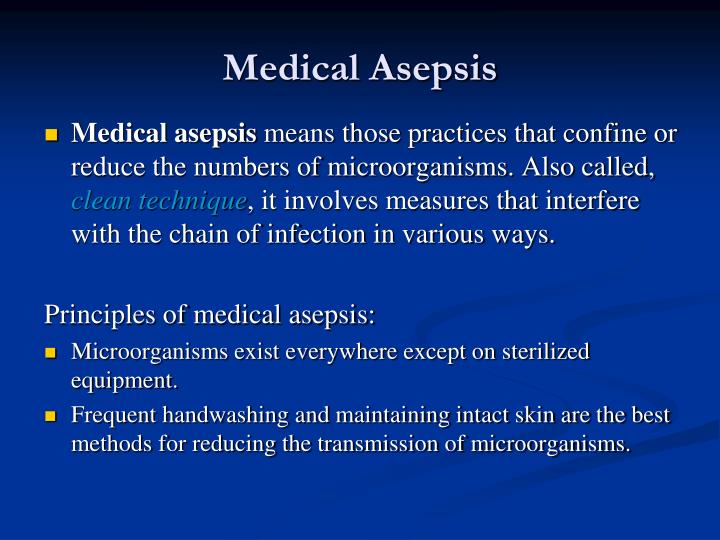

BSL-2 laboratories require additional precautions beyond those of BSL-1, including restricted access required PPE, including a face shield in some circumstances and the use of biological safety cabinets for procedures that may disperse agents through the air (called “aerosolization”). These include bacteria such as Staphylococcus aureus and Salmonella spp., and viruses like hepatitis, mumps, and measles viruses. Other than a sink for handwashing and doors to separate the laboratory from the rest of the building, no additional modifications are needed.Īgents classified as BSL-2 include those that pose moderate risk to laboratory workers and the community, and are typically “indigenous,” meaning that they are commonly found in that geographical area. Laboratory workers use standard aseptic technique and may work with these agents at an open laboratory bench or table, wearing personal protective equipment (PPE) such as a laboratory coat, goggles, and gloves, as needed. Because working with BSL-1 agents poses very little risk, few precautions are necessary. These include noninfectious bacteria, such as nonpathogenic strains of Escherichia coli and Bacillus subtilis, and viruses known to infect animals other than humans, such as baculoviruses (insect viruses). For example, the lowest BSL, BSL-1, requires the fewest precautions because it applies to situations with the lowest risk for microbial infection.īSL-1 agents are those that generally do not cause infection in healthy human adults. 2Įach BSL requires a different level of biocontainment to prevent contamination and spread of infectious agents to laboratory personnel and, ultimately, the community. According to the CDC, the BSL is determined by the agent’s infectivity, ease of transmission, and potential disease severity, as well as the type of work being done with the agent. Various organizations around the world, including the World Health Organization (WHO) and the European Union (EU), use a similar classification scheme. The Centers for Disease Control and Prevention (CDC) and the National Institutes of Health (NIH) have established four classification levels, called “ biological safety levels” ( BSLs). Laboratory Biological Safety Levelsįor researchers or laboratory personnel working with pathogens, the risks associated with specific pathogens determine the levels of cleanliness and control required. Other organisms may not require such extreme measures and can be controlled by a procedure such as washing clothes in a laundry machine. botulinum can produce endospores that can survive harsh conditions, extreme temperatures and pressures must be used to eliminate the endospores. For example, foods preserved by canning often become contaminated with the bacterium Clostridium botulinum, which produces the neurotoxin that causes botulism. The second factor is the level of resistance to antimicrobial treatment by potential pathogens. For example, invasive applications that require insertion into the human body require a much higher level of cleanliness than applications that do not. The first factor is the application for which the item will be used. Two factors heavily influence the level of cleanliness required for a particular fomite and, hence, the protocol chosen to achieve this level. Inanimate items, such as doorknobs, toys, or towels, which may harbor microbes and aid in disease transmission, are called fomite s. To prevent the spread of human disease, it is necessary to control the growth and abundance of microbes in or on various items frequently used by humans. What are some possible causes of Roberta’s symptoms?.She notified her surgeon of these symptoms, per her postoperative instructions. She also experienced a burning sensation during urination and noticed blood in her urine. On returning home from the hospital, Roberta developed abdominal pain and a high fever.

The surgery was performed laparoscopically with the aid of a duodenoscope, a specialized endoscope that allows surgeons to see inside the body with the aid of a tiny camera. Roberta is a 46-year-old real estate agent who recently underwent a cholecystectomy (surgery to remove painful gallstones).


 0 kommentar(er)
0 kommentar(er)
